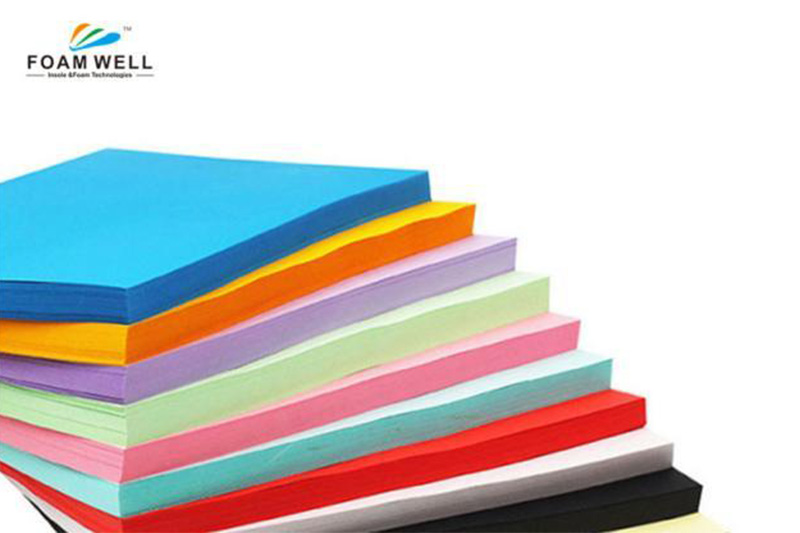
Have you ever wondered what materials are used in insoles manufacturing to provide optimal comfort and support?
Understanding the different materials that contribute to insoles' cushioning, stability, and overall satisfaction can help you make informed choices for your footwear needs.
In this article, we will explore the common materials utilized to produce insoles to achieve maximum comfort.
The Pursuit of Comfort: Exploring Insole Materials
When creating comfortable insoles, manufacturers carefully select materials that offer the perfect balance of cushioning, support, breathability, and durability. Let's dive into some of the commonly used materials that contribute to the maximum comfort of insoles.
Memory Foam: Contouring Comfort
Memory foam has gained significant popularity in insole manufacturing for its exceptional comfort and ability to conform to the foot's unique shape. Initially developed by NASA, this material provides cushioning by molding to the foot's contours, offering personalized support and relieving pressure points. The memory foam insoles adapt to the foot's shape, ensuring a custom-fit experience for enhanced comfort.
EVA (Ethylene-Vinyl Acetate) Foam: Lightweight and Supportive
EVA foam is a versatile material widely used in the production of insoles. It is lightweight, flexible, and provides excellent shock absorption, making it ideal for cushioning and reducing the impact on the feet during walking or running. EVA foam insoles balance comfort and support, enhancing overall foot comfort without adding unnecessary bulk to the shoe.
Gel Inserts: Dynamic Cushioning
Gel inserts are strategically placed within the insoles to provide dynamic cushioning and shock absorption. The gel material molds to the foot's contours, dispersing pressure and reducing the impact on joints and sensitive areas. Gel inserts offer an extra cushioning layer, ensuring optimal comfort during extended periods of walking or standing.
Moisture-Wicking Fabrics: Breathability and Hygiene
Insoles often incorporate moisture-wicking fabrics to maintain a comfortable and hygienic environment for the feet. These fabrics can draw moisture away from the foot, allowing it to evaporate quickly and keeping the feet dry and fresh. Moisture-wicking fabrics prevent sweat build-up, minimize odor-causing bacteria, and improve foot hygiene and comfort.
Arch Support Components: Stability and Alignment
Insoles designed for maximum comfort often include arch support components from polypropylene, nylon, or thermoplastic elastomers. These materials provide stability, enhance arch support, and help distribute pressure evenly across the foot. Arch support components aid in maintaining proper foot alignment, reducing fatigue, and promoting comfort during various activities.
Breathable Mesh: Ventilation and Airflow
Insoles with breathable mesh materials offer enhanced ventilation and airflow, ensuring proper air circulation around the feet. The breathable mesh escapes heat and moisture, preventing excessive sweating and maintaining a cool and dry environment. This feature adds to the overall comfort of the insoles, especially during warm weather or intense physical activities.
Additional Materials: Leather, Cork, and More
In addition to the materials mentioned above, insoles can incorporate other elements to achieve specific benefits. Leather insoles, for example, offer durability, moisture absorption, and a natural feel. Cork insoles provide shock absorption, cushioning, and moldability to the foot shape over time. These materials, along with others like textile blends or specialized foams, contribute to the diverse options available for maximum comfort.
More Related Questions
Q: Are there eco-friendly material options available for insoles?
Several manufacturers offer eco-friendly insole materials, including recycled foams, organic fabrics, and sustainably sourced materials. These options cater to individuals seeking comfort while prioritizing environmental sustainability.
Q: Can I find insoles for certain foot conditions, such as plantar fasciitis or flat feet?
Absolutely. Insole manufacturers often produce specialized insoles designed to address specific foot conditions. These insoles incorporate materials and features tailored to provide targeted support and alleviate discomfort associated with such situations.
Conclusion
The comfort provided by insoles is heavily influenced by the materials used in their construction. Each material plays a vital role in ensuring maximum comfort and support, from memory foam and EVA foam to gel inserts and moisture-wicking fabrics.
Understanding the characteristics and benefits of different materials allows you to make informed decisions when choosing insoles that best suit your comfort needs.
Post time: Aug-03-2023
